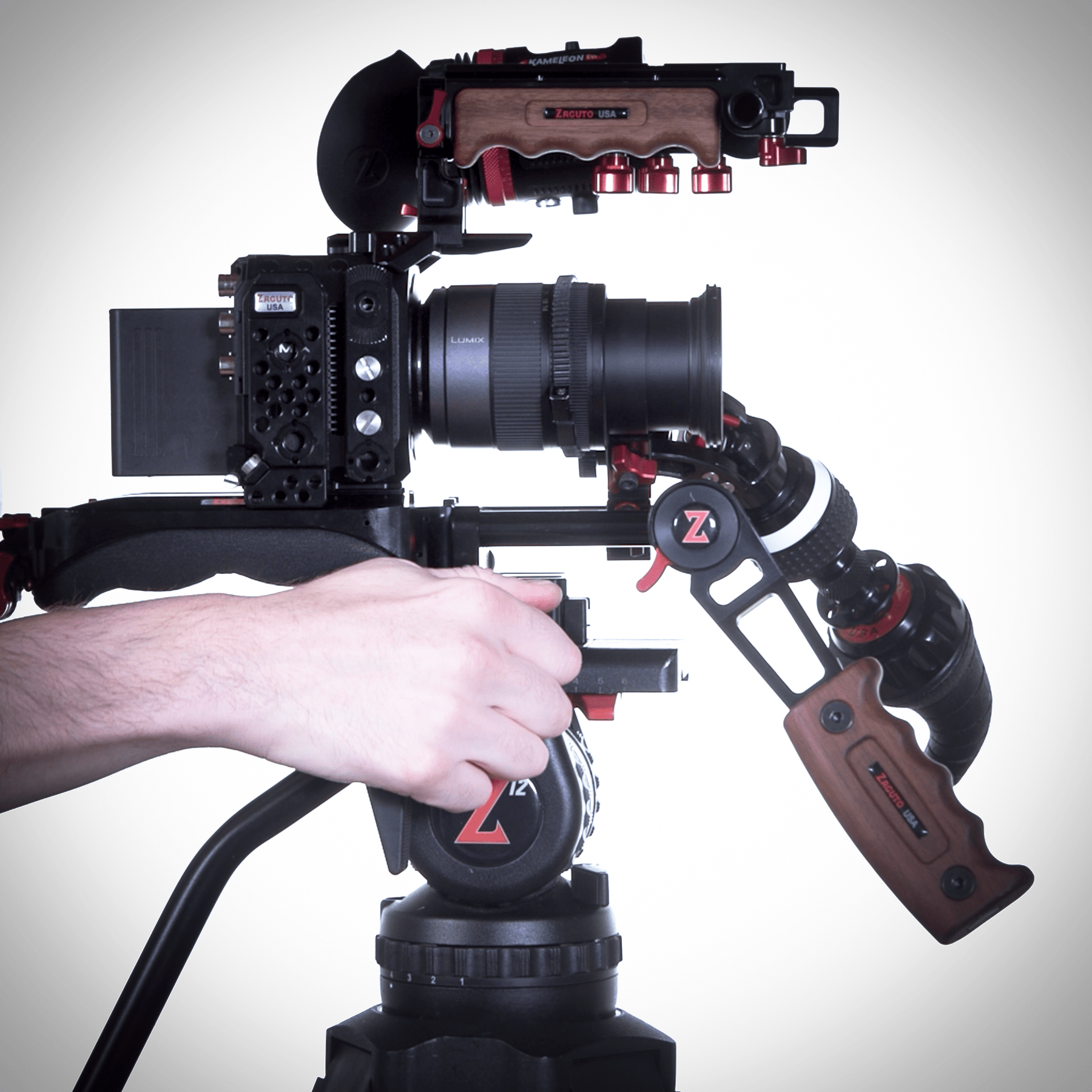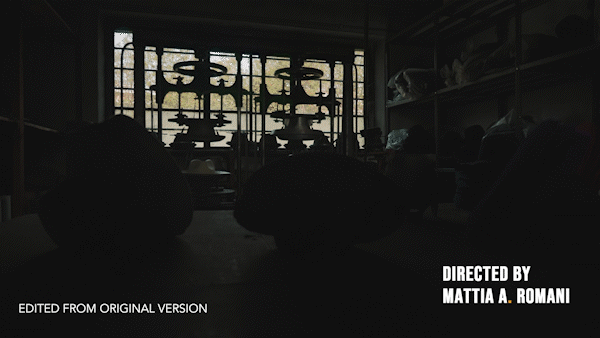
The Panasonic BGH1 Features and How to Rig?
The Panasonic BGH1 box camera is described by Panasonic as "NETFLIX APPROVED BOX CAMERA PERFECT FOR LIVESTREAMS, BROADCASTS AND CINEMA." This camera weighs 500G, is very compact and packed with professional level features. Let's take a look at the features of the Panasonic BGH1 camera.
BGH1 Features
Panasonic has given us a cinema box camera with full HDMI, Timecode, Genlock, and SDI capabilities.
 Although this isn’t the first digital cinema camera we’ve seen from Panasonic, it’s the first one that is priced at under $2000. It records internal 10bit 4:2:2 4K video up to 60FPS, has two slots for SDXC cards, a plethora of 1/4 20 threads, and a new internal cooling system that allows the sensor to record up to 200mbps internally at 4K.
Although this isn’t the first digital cinema camera we’ve seen from Panasonic, it’s the first one that is priced at under $2000. It records internal 10bit 4:2:2 4K video up to 60FPS, has two slots for SDXC cards, a plethora of 1/4 20 threads, and a new internal cooling system that allows the sensor to record up to 200mbps internally at 4K. The camera has officially become the cheapest camera approved by Netflix for future acquisition projects. The camera ships with the Panasonic EVA-1 battery, which gives users around 5x the battery life of a traditional Lumix battery. Remarkedly, it also contains a LAN and USBC port for live productions, streaming, and other tethered applications.
Panasonic has created an entire menu system for the camera that can be accessed through these ports, or wirelessly. The menu also gives you a live image, which, when connected to the LAN, is nearly good enough for you to completely remotely control the camera.

M4/3 SENSOR
 Over the past decade, as digital cameras quickly took over the majority of acquisition, the industry has pushed digital sensors bigger and bigger, passing the Super 35mm format to include a full-frame sensor. The main difference between the two is the sensor being 1.5 times bigger, to enhance depth of field, and low light capabilities.
Over the past decade, as digital cameras quickly took over the majority of acquisition, the industry has pushed digital sensors bigger and bigger, passing the Super 35mm format to include a full-frame sensor. The main difference between the two is the sensor being 1.5 times bigger, to enhance depth of field, and low light capabilities.

Lenses

Generally, the larger the sensor, the more the camera. In order to increase sensor size, everything must increase; from the camera body to the internal recording mechanisms. Investing in the M4/3 system allows users to spend less of their money on the camera body and more on lenses and accessories.
The MFT system allows you to an array of cheaper lens options that have IS and AF. Again, M4/3 has a 2x crop, however using an ultrawide 8-16mm lens, you effectively get a 16-35mm FF lens at a fraction of the price. Or, you can use vintage MFT lenses dating back to the 70’s. It’s a quirky mount in today's world, but nevertheless extremely useful in practice.
Zacuto offers a Metabones support specifically for the BGH1 so lens choices also become less restrictive, allowing you a myriad of options on set.

How to Rig the Panasonic BGH1?
The BGH1 is the “have it your way” of cinema cameras. If you are a seasoned Panasonic shooter, or new to Panasonic it’s quite an easy camera to pick up and start shooting with. There’s just one problem. Well, not as much of a problem as, well, let’s call it a feature. The camera doesn’t have a single screen on it at all. So first you must address that. If in a studio, an on-board monitor or recorder, if outside or handheld an EVF.
Starting with a solid cage for this camera is necessary. By adding the BGH1 cage which connects to eight of the available eleven 1/4 20 threads, you are investing in the longevity and care of the camera. It is also gives you more robust options to mount a monitor, recorder, and/or EVF.
This cage is a very modular design. You can use each part individually or in any combination. The top plate has integrated Z-Rail (NATO rail) for quick mounting rail based top handles, arms, monitor mounts, etc. It has a flush top for mounting other accessories across it plus 1/4" 20 and ARRI style 3/8" 16 threaded holes on top and sides.
The left and right side rails are Z-Rails (NATO) featuring ARRI style rosettes top and bottom and an ARRI 3/8 16 tapped hole for mounting side grips and EVF’s etc. The bottom plate has an integrated Arca style wedge plate, 1/4 20 and 3/8 16 mounting holes on the bottom to attach other style plates to the bottom and support for the included HDMI strain relief.
In order to take this camera off sticks and shoot, you’ll have to rig this camera to your preferred style.

The Arca Style wedge plate on our cage slides directly onto our ACT Recoil Rig. When properly balanced with the ACT Recoil Rig, battery on back, top and front handles, and EVF, the camera becomes a powerful workhorse.



Leave a comment